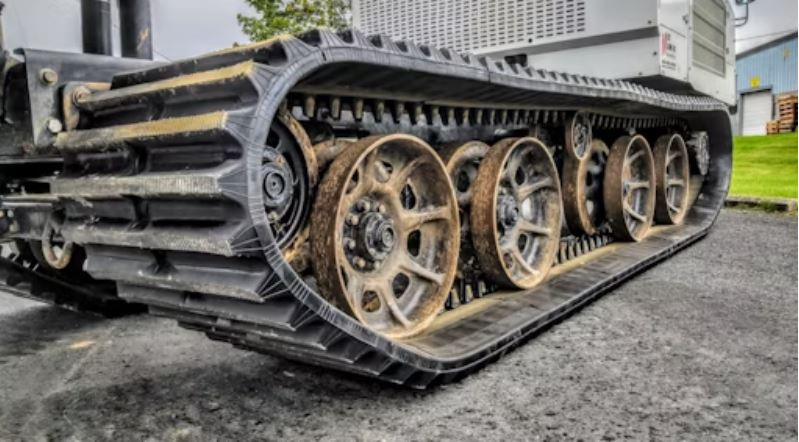Rubber tracks are a vital component of heavy equipment, ensuring stability and traction in various terrains. To maximize the lifespan of your rubber tracks, it’s crucial to implement effective maintenance practices. In this article, we will share some top tips for rubber track maintenance, allowing you to optimize performance, minimize downtime, and save money in the long run. For all your equipment needs and expert advice, visit buyyourequipment.com or call us at 945-400-6965.
Regular Cleaning and Inspection:
Regular cleaning is essential to remove dirt, debris, and other contaminants that can cause damage to your rubber tracks. Use a high-pressure hose or pressure washer to rinse off any accumulated materials. Additionally, perform routine inspections to identify signs of wear, cuts, or tears. Early detection and prompt repairs can prevent further deterioration.
Mindful Operation:
Operating your equipment with care can significantly impact the life of your rubber tracks. Avoid sharp turns, aggressive maneuvers, and excessive spinning on hard surfaces, as they can cause accelerated wear. Adjust your operating techniques to the terrain, reducing strain on the tracks. By adopting a mindful approach, you’ll extend the lifespan of your rubber tracks.
Proper Track Tension:
Maintaining proper track tension is crucial for optimal performance and longevity. Tracks that are too loose may derail or wear unevenly, while tracks that are too tight can strain the components. Follow the manufacturer’s guidelines or consult with experts to ensure proper tensioning for your specific equipment. Regularly check and adjust the tension as needed.

Track Alignment:
Correct track alignment is vital to distribute the load evenly and prevent premature wear. Misaligned tracks can cause excessive stress on certain areas, leading to damage. Regularly inspect the alignment and make necessary adjustments to maintain balance and prolong the life of your rubber tracks.
Avoid Overloading:
Overloading your equipment places undue stress on the rubber tracks, resulting in accelerated wear and potential damage. Adhere to the weight limits specified by the manufacturer and avoid exceeding the recommended capacity. Distribute the load evenly to minimize strain on the tracks and increase their longevity.
Store Properly:
Proper storage is essential when your equipment is not in use. Store your machinery in a clean, dry environment, away from direct sunlight and extreme temperatures. Avoid exposure to chemicals that can degrade the rubber. Elevate the tracks off the ground to prevent flat-spotting and maintain their shape.
Seek Professional Support:
For expert advice and assistance with rubber track maintenance, turn to buyyourequipment.com. Our dedicated team is ready to provide guidance, answer your questions, and offer professional support. With years of experience in the industry, we understand the importance of maximizing the lifespan of your rubber tracks.

Recent Comments